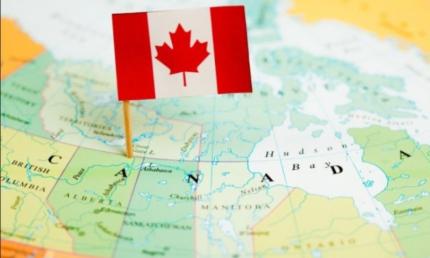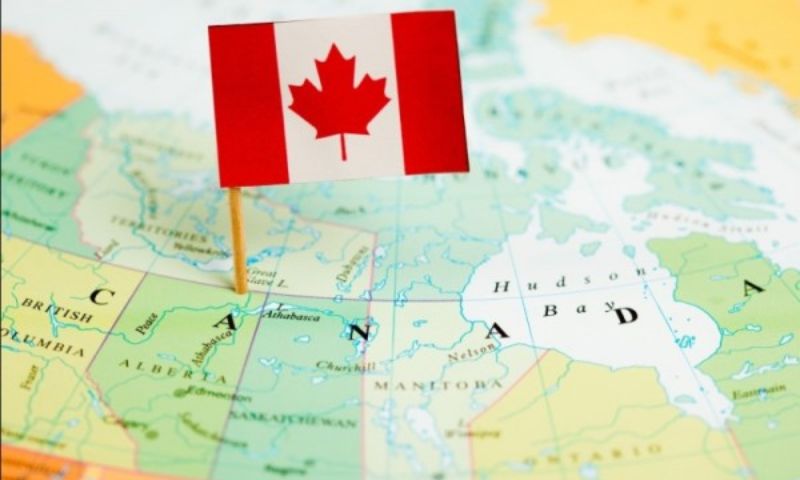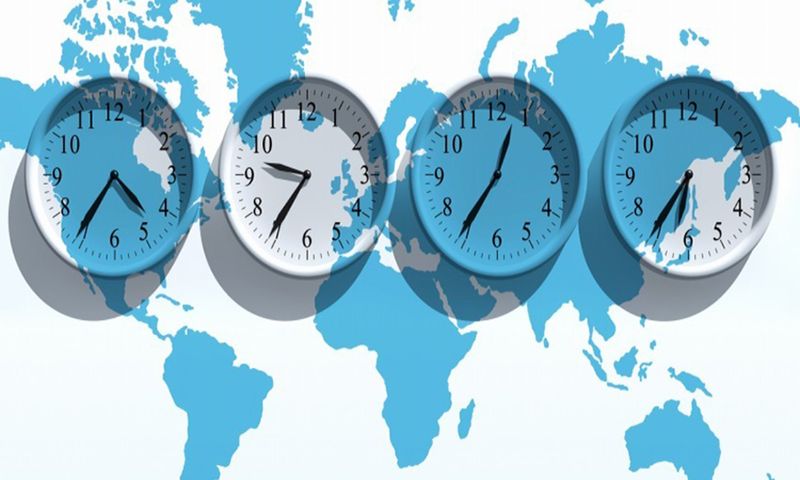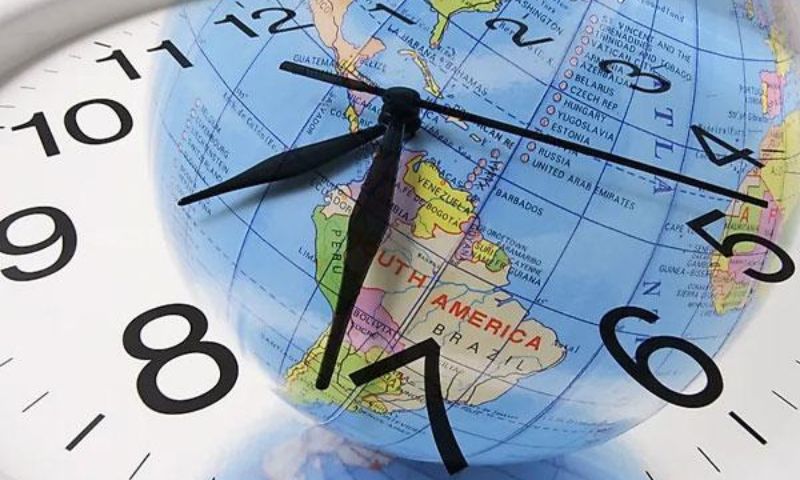Get free consultation
Fill out the form and we will contact you
Are you interested in the time zone of Canada and wondering what the time difference is between Vietnam and Canada? You might also be curious about which time zone your area falls under, how many time zones Canada has, the format of time used there, and how to track Canadian time. All the answers will be provided in detail through the following content by Quoctichthuhai.com.
Canada is a vast country that spans across many longitudes, which is why it has six main time zones from east to west. The current time zones in Canada are arranged as follows:
Time Zones in Canada
Newfoundland Standard Time (NST) is the time zone unique to the province of Newfoundland and some areas of eastern Labrador. This time zone has a distinctive difference of UTC -03:30, meaning the time in this region is 3 hours and 30 minutes behind Coordinated Universal Time (UTC).
Compared to Vietnam, this time zone has a difference of +10 hours and 30 minutes in the winter and +11 hours and 30 minutes in the summer (when daylight saving time is applied). This is one of the few time zones in the world with a half-hour offset, making Newfoundland stand out.
Atlantic Standard Time (AST) is used in the eastern provinces of Canada, including Nova Scotia, New Brunswick, Prince Edward Island, and most of the Labrador region. This time zone is UTC -04:00, meaning it is 4 hours behind Coordinated Universal Time (UTC).
When daylight saving time is applied, this time zone shifts to Atlantic Daylight Time (ADT) with a difference of UTC -03:00. Compared to Vietnam, AST has a time difference of +11 hours in the winter and +12 hours in the summer.
Eastern Standard Time (EST) is the time zone widely used in the most populated areas of Canada, including the provinces of Ontario (southern and eastern regions), Quebec (southern), and parts of Nunavut. Major cities such as Toronto, Ottawa, and Montreal all follow this time zone. EST is UTC -05:00 and shifts to Eastern Daylight Time (EDT) with a difference of UTC -04:00 during the summer.
The Natural Beauty of Canada
Compared to Vietnam, this time zone has a difference of +12 hours in the winter and +13 hours in the summer. It is the most common time zone as Canada's economic and political centers are located in this region.
Central Standard Time (CST) is applied in the provinces of Manitoba, Saskatchewan, part of Ontario, and some areas of western Nunavut. This time zone is UTC -06:00 in the winter and UTC -05:00 in the summer.
The time difference with Vietnam is +13 hours in the winter and +14 hours in the summer. This region includes many major cities and important economic centers in central Canada.
Mountain Standard Time (MST) is applied in the provinces of Alberta, most of Saskatchewan, part of British Columbia, and some areas of the Northwest Territories. This time zone is UTC -07:00 and shifts to Mountain Daylight Time (MDT) with a difference of UTC -06:00 during daylight saving time. Notable cities using this time zone include Calgary and Edmonton. The time difference with Vietnam is +14 hours in the winter and +15 hours in the summer.
Pacific Standard Time (PST) is the westernmost time zone in Canada, applied in the province of British Columbia, Yukon, and some other coastal areas. This time zone is UTC -08:00 and shifts to Pacific Daylight Time (PDT) with a difference of UTC -07:00 during the summer. Major cities such as Vancouver are in this time zone. Compared to Vietnam, PST has a time difference of +15 hours in the winter and +16 hours in the summer. This is the final time zone in Canada, from east to west.
The time zone format in Canada follows the international standard ISO 8601, as established by the Canadian government. According to this standard, a date in Canada is written in the order of year – month – day. For example, December 24, 2022, would be written as 2022-12-24.
International Time Standard Regulations
In terms of time display, Canada uses two clock systems:
24-hour format: For example, 8:00 PM would be displayed as 20:00.
12-hour format: For example, 8:00 PM would be written as 8:00 PM.
The French-speaking community in Canada typically uses the 24-hour format for daily activities, due to its clarity and ease of understanding. On the other hand, the English-speaking community prefers the 12-hour format, which is more common in English-speaking countries.
However, to maintain consistency and convenience in international transactions as well as official documents, the Canadian government encourages the use of the 24-hour format.
Daylight Saving Time (DST), also known as the practice of saving daylight, is a common convention in Canada and many countries located at middle latitudes around the world. This convention was first introduced by the Canadian Federal Government in 1918, with the initial goal of increasing productivity in countries like Germany and the United Kingdom.
Summer Scenery in Canada
Canada is a country that observes Daylight Saving Time (DST) in most regions, except for areas like Saskatchewan or some remote northern regions. DST begins on the second Sunday in March and ends on the first Sunday in November.
During this period, Canadians (except in Saskatchewan, where standard time is used year-round) will set their clocks forward by one hour in the spring and return to standard time in the fall. This helps conserve energy and make the most of daylight during the spring and summer months.
To view Canada's time zones, you can use helpful tools such as:
View information about Canada's time zones
The World Clock app on mobile devices.
Websites that provide the current time for each region.
Virtual assistants like Google Assistant or Amazon Alexa, which help you update the real-time time in various Canadian time zones.
Additionally, when working or studying with partners in Canada, it's important to check the time carefully to avoid confusion due to the significant time difference between the two countries.
Canada, with its geographical diversity, spans across 6 time zones from Newfoundland to the Pacific Ocean, each region having its own unique characteristics. Adhering to international time format standards and implementing Daylight Saving Time (DST) has made Canada a modern, flexible country in time management, aligning with the global pace of life. Understanding Canada's time zones not only helps you organize your personal schedule more easily but also enables more efficient collaboration with partners or loved ones in Canada.
If you are looking for opportunities to live, study, or work in Canada, let quoctichthuhai.com accompany you! We provide accurate information, professional services, and optimal solutions to help you achieve your dream of settling in Canada—one of the best countries to live in the world.
Visit quoctichthuhai.com today to learn more about immigration and settlement policies, as well as success tips for thriving in Canada. We are always ready to support you on your journey toward opening the door to the future!
Fill out the form and we will contact you





